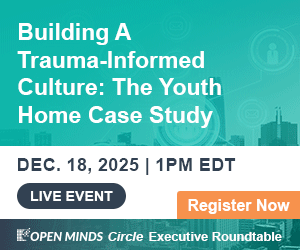I was surprised to learn that for non-profit community health centers (CHCs), on average, 69% of revenues come from delivering consumer services, while 31% come from grants and donations (see Community Health Center Patients, Financing, and Services). This is in contrast to non-profit hospitals, where consumer services, both inpatient and outpatient, comprise around 93% of revenues…
Many non-profit executives are in a constant battle to bring in enough money to keep programs running and the workforce paid, with a little leftover for capital projects and new program development. The battle becomes even tougher when a multidimensional funding strategy doesn’t exist. To make things even more precarious, I’ve found that most organizations…
Transitions between the health care system and the criminal justice system have historically been a revolving door rather than a straight line in the quest to meet the needs of justice-involved consumers. Within one year of release, 43% of all formerly incarcerated people are rearrested (see From The Desk Of Bureau Of Justice). That percentage jumps…
Building a culture of philanthropy across board members and the executive team is essential for driving sustained financial support, fostering donor confidence, and ensuring organizational growth. Developing this leadership culture starts with the realization that the expectations around fundraising are growing—more is needed to pay for services for uninsured and underinsured consumers, and to pay…



